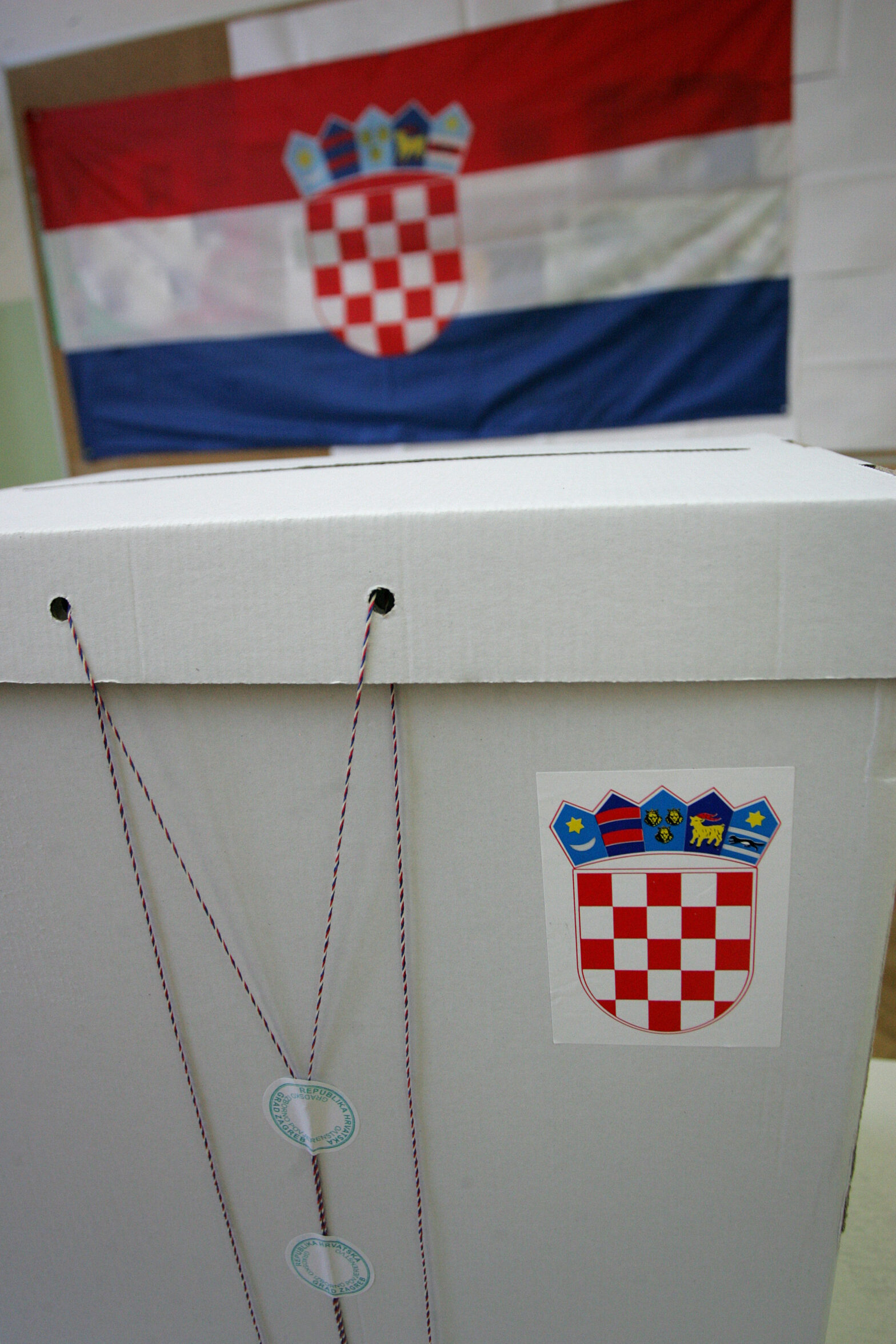Re-run elections and by-elections were called in 413 local and regional self-government units but they were held in a total of 162 units, that is in 39.22% of the units. A total of 1,514 candidates were nominated in all the elections, and a total of 173,409 voters had the right to vote. The elections were monitored by 99 GONG observers divided into 48 GONG mobile observer teams, who visited 395, out of 415, polling stations on the Election Day.
Re-run elections and by-elections were called in 413 local and regional self-government units but they were held in a total of 162 units, that is in 39.22% of the units. A total of 1,514 candidates were nominated in all the elections, and a total of 173,409 voters had the right to vote.
The elections were monitored by 99 GONG observers divided into 48 GONG mobile observer teams, who visited 395, out of 415, polling stations on the Election Day.
The Election Day went by in an atmosphere of tolerance and democracy. Election rules and regulations were respected, and polling committees were professional in their work. However, the turnout was very low. The fact that the elections were conducted in only 39% of the units for which the elections were called due to the lack of nominations and low voter turnout is indicative of the lack of public awareness of the function of councils and representatives of national minorities. The State Election Committee and the Office of the President of the Government of the Republic of Croatia on a number of occasions invited the voters to come out to the elections.Candidates themselves, and organizations and parties that contest an election always have the key role in motivating voters to come out to the elections, and thus voter turnout is always a result of their efforts.
Read full report here (68 KB)
